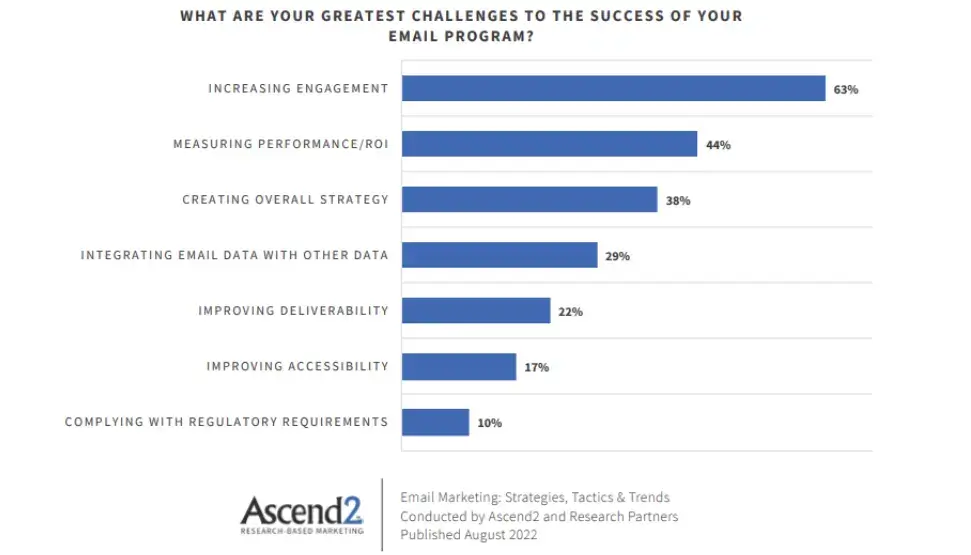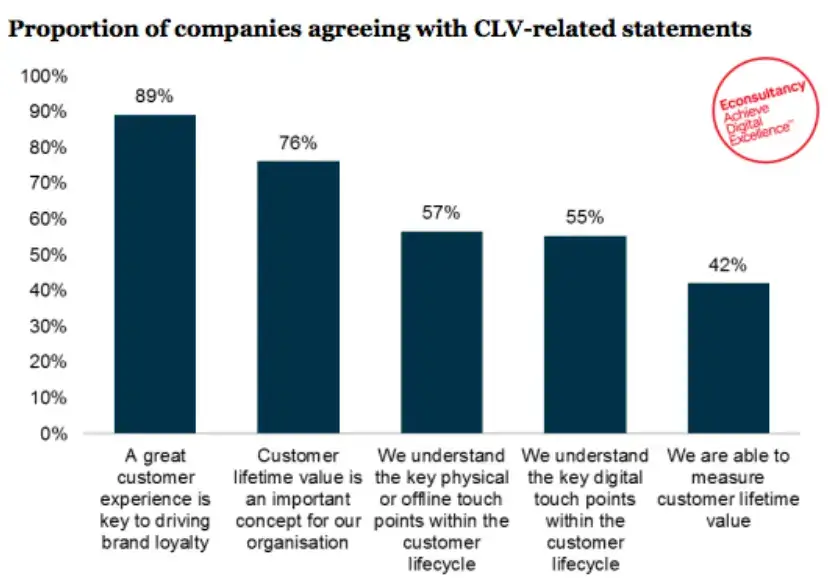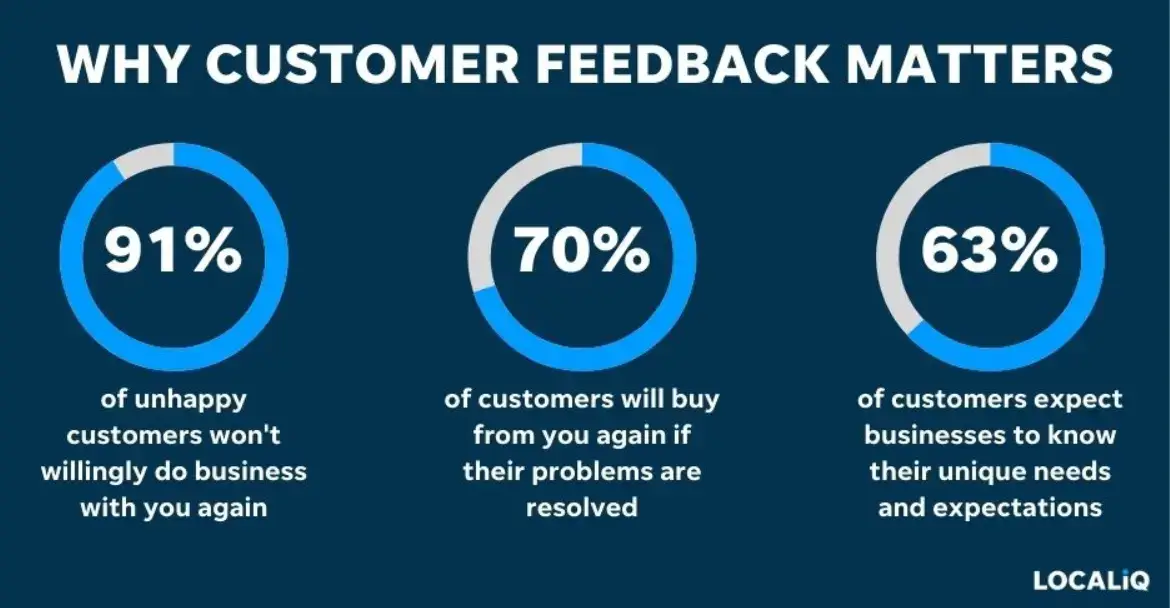Email has long been considered one of the most cost-effective marketing methods. You don’t need any special technology to get started, it can be easily personalized and provides a great return on investment (ROI).
However, for all its benefits, email marketing can also be pretty dull. Customers can be quickly turned off a brand if they receive repeated emails full of dull images and walls of text.
So, how can we make email marketing more engaging and increase ecommerce conversions as a result? With AMP emails, of course.
Jump to:
- What are AMP emails?
- Benefits of AMP Emails
- AMP Emails vs. HTML Emails
- Different Types of AMP Emails
What are AMP Emails?
AMP stands for Accelerated Mobile Pages. When used in emails, it can turn what would ordinarily be static, unengaging content into a dynamic, interactive experience.
By using AMP, brands can create emails that their customers can interact with.
This makes emails more eye-catching and also reduces the number of steps customers must take to perform actions, such as purchasing products.
AMP emails can be used to allow customers to fill out forms, participate in surveys, play games, or schedule meetings, all without ever leaving their email inbox.
Benefits of AMP Emails
AMP emails can provide several valuable benefits to the brands using them.
-
Increased engagement
Engaging emails hold the attention of their reader for longer, allowing the reader to learn more about the subject matter and increasing the chances that they’ll perform the desired actions of the sender.
This is what they hope for when they complete the email sign up form on your website. However, creating engaging email content isn’t always straightforward.
A large number of email marketers place increasing engagement as one of the top challenges to the success of their email campaigns.

Sourced from ascend2.com
AMP emails are a fantastic way to increase the engagement of your emails, subsequently increasing click-through rates and the ROI (return on investment) of your email marketing.
-
Improved customer experience
Occasionally, emails will be sent out containing incorrect information. It’s an easy mistake to make when prices and offers change so frequently, we’ve all done it!
With AMP emails, these details can be changed dynamically after the email has been sent.
This ensures that customers have access to correct information at all times, without having to constantly bombard their inbox with correction emails.
This also allows information such as inventory levels and promotional offers to be altered within the email after it's been sent, ensuring that the customer always has access to the most up-to-date information to inform their purchasing decisions.
-
Streamlined sales funnel
Directing customers through your sales funnel is the ultimate goal of all marketing.
AMP emails can dramatically shorten the length of your sales funnel, reducing the opportunities for leads to fall out of it before they’ve made a purchase.
AMP emails can condense the first four stages of the ecommerce sales process into one stage.
Site visit, product view, add to cart, and enter checkout can all be accomplished from within one email, without the customer ever having to leave their email inbox.
For sales teams, there’s less need to chase up leads with multiple outbound calls, as you can impart all the necessary information in an engaging way through email.
Read more about eCommerce conversion funnel.
AMP Emails vs. HTML Emails
AMP emails are an upgraded version of the traditional HTML emails used by many marketers.
Because they’re more sophisticated, AMP emails can provide higher levels of interactivity and thus improved customer engagement.
The interactivity AMP emails can provide makes them an increasingly attractive tool for marketers. 39% of marketers intend to use interactive content as part of their email program going forward.

Sourced from ascend2.com
There are several other key areas in which AMP emails differ from HTML emails.
|
HTML Emails |
AMP Emails |
|
|
Coding |
Coded in traditional HTML. More sophisticated than plain text emails. |
Also coded in HTML, but with specified declarations and predefined elements to identify themselves as AMP. |
|
Content |
It can contain text, images, and URLs. CTAs are often included as interactive buttons which direct readers to landing pages. |
It can contain text, images, URLs, forms, calendars, carousels, carts, and more. |
|
Loading Time |
Loading times can differ based on content. Emails containing numerous images or graphics can take seconds to load, during which time recipients can get bored and navigate away. |
Loads almost instantaneously, reducing bounce rates. |
|
Security |
In-frame ads are possible, and third-party intrusions can take place within messages. Whitelisting, SPF, DMARC, and DKIM are not mandatory. |
Email providers only allow AMP emails after vetting scripts and performing security checks. SPF, DMARC, and DKIM are required for approval. These protocols help to guard against phishing and spoofing. |
Different Types of AMP Emails
The only limit to what you can create using AMP for emails is your imagination. Marketers in a range of industries use AMP emails to great effect. Here’s just a taste of what you can create.
-
Product page
With AMP emails, there’s no need to have your customer click a link and be redirected to a landing page in their web browser. Instead, you can create product pages right within the email.
Customers can browse images, watch demonstration videos, and read descriptions, all presented in a dynamic, engaging way.
You can even have customers choose sizes, quantities, colors, or other product options without having to navigate away from the email.
This means when they do navigate to the checkout page of your eCommerce shop or online marketplace website, the exact product they want is already in their cart.
All they have to do is enter their payment details, and the sale is complete. After the purchase is finalized, sending a payment reminder email can help ensure timely payment and improve customer satisfaction.
By reducing the number of steps taken and redirects made during the purchasing process, you reduce the chances of customers dropping out of the sales funnel.
The customer experience is smooth and hassle-free, which further encourages customers to return and make further purchases in the future, increasing customer lifetime value.

Sourced from econsultancy.com
-
Real-time updates
You can use AMP emails to provide your customers with real-time updates on your products. This can be used to show the inventory levels or prices of certain items that a customer has expressed interest in.
This allows you to take advantage of scarcity marketing, making products seem more desirable and encouraging customers to make a purchase due to fear of missing out.
It’s also a great way to promote sales events. You can update customers on the cost of items as they’re subjected to special discounts or limited-time offers.
You could even use AMP emails in conjunction with ATS software during recruitment. This would allow you to provide prospective employees with updates on their apps, streamlining the recruitment process for you and your candidates.
-
Polls & quizzes
Interactive polls and quizzes are a great way to promote customer engagement. These can easily be created within AMP emails, enabling customers to interact with them directly from their inbox.
Up-to-date results of polls can be displayed to customers once they’ve cast their vote, adding an extra layer of feedback that promotes further engagement.
Adding extra incentives, such as a discount voucher for achieving full marks in a short quiz, is a great way to persuade customers to extend their experience and make a purchase with your brand following the interaction.
Discounts and offers remain one of the leading methods for helping organizations to achieve their email marketing goals.
Including them in a fun, interactive manner improves customer engagement and helps boost the ROI of email marketing at the same time.

Sourced from validity.com
-
Interactive calendars
Including an interactive calendar in your AMP email allows the recipient to browse availability and book appointments from within their email inbox.
This makes it much easier for prospective clients to book product demos or secure their spot in a webinar, increasing your chances of converting them into paying customers.
Businesses dealing with ticket sales can also use interactive calendars to indicate to customers when they’re able to book for a particular event or performance.
Again, this is useful as a scarcity marketing tactic.
If customers can see tickets being snapped up in real-time, they’re much more likely to make an impulse purchase before they miss out.
You can even use interactive calendars during recruitment, allowing prospective employees to book interview slots that suit them.
Try using this method in conjunction with a candidate management system to streamline your recruitment processes.
-
Interactive calculators
Interactive calendars are another interesting feature made possible with AMP in emails.
They allow customers to input acts and figures unique to them and receive personalized quotes as a result. These are often used by financial institutions.
For example, interest rate calculators could be used to show customers exactly how much money they could receive in interest if they take a particular savings product.
-
Customer feedback form
Gathering customer feedback is essential to providing a great customer experience and securing a long-term relationship with your customers.
It allows you to put right any problems that your customers have experienced and enables you to personalize the customer experience further during your next interaction.

Sourced from localiq.com
AMP emails provide an interactive, time-friendly way to collect customer feedback. You can easily create CSAT surveys or feedback forms within an email, allowing customers to complete them without having to leave their inbox.
Not having to follow links and open new windows increases the likelihood that customers will fill out these forms, giving you more data to work with.
You can use enterprise application integration to collect and collate this data, combining it with other systems, such as your customer relationship management (CRM) software.
This will allow you to make well-informed, data-driven decisions about how to improve the customer experience and will allow you to better personalize your email marketing going forward.
Conclusion: Amp Up Your Marketing With AMP Emails
AMP emails allow you to create more engaging content for your subscribers, providing a streamlined sales funnel and generally improving the customer experience.
All this adds up to increased ecommerce conversions. Make use of AMP emails to create image carousels, product pages, interactive calendars, and more, and watch your sales soar as a result.



